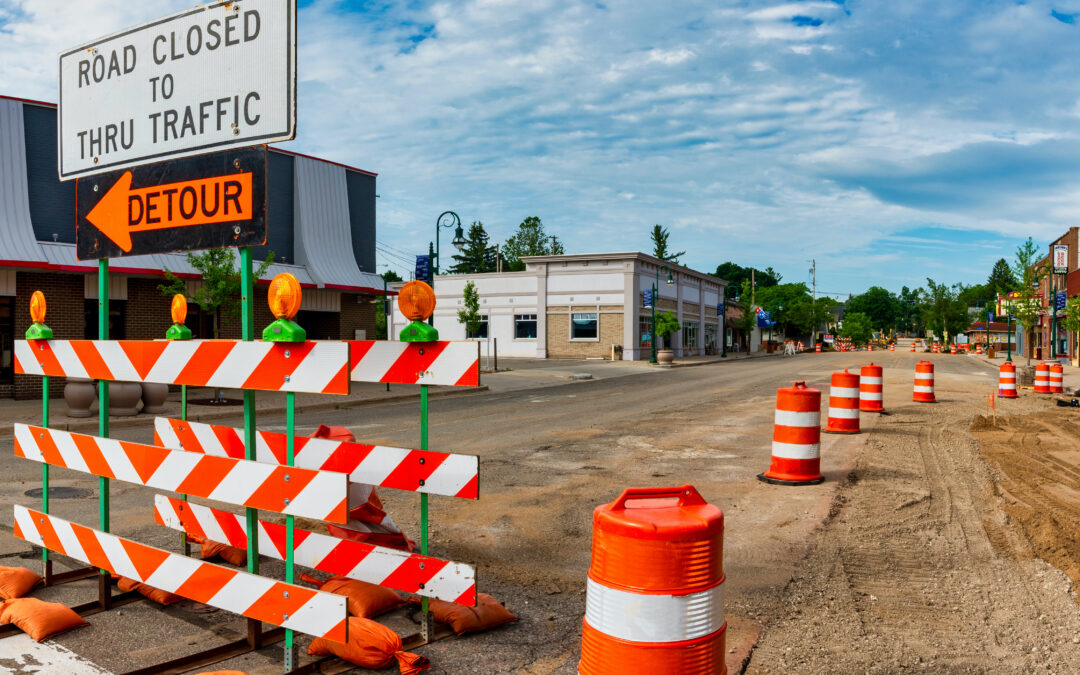This article originally appeared in FOX 47 News. Read more here.
Orange cones and signs are just about everywhere these days. A bill working itself out of the capitol may keep a closer eye on how fast you’re going through these construction zones.
“Of the 19 fatalities in work zones last year, 17 of them were drivers.”
Rob Coppersmith is the head of the Michigan Infrastructure and Transportation Association and is one of the spearheads for construction zone safety.
In 2023, there were over 7000 work zone crashes and nearly 2000 of those crashes left someone terribly injured.
State legislators understand that officers can’t be in every work zone around the state, so they want to use cameras.
House Bill 4132 will install and use automated speed cameras to track speeding in work zones.
The cameras will take a picture of the car speeding, its license plate, location, and the time of the offense.
The first violation over 10 miles per hour is a warning sent in the mail. After that, it’s a fine starting at 150 dollars.
There are concerns about license plate tracking and where that information goes.
The ACLU-Michigan says, “It is a core principle that the government does not invade its citizens’ privacy and store information about their innocent activities just in case they do something wrong.”
But Michigan State Police Lt. Rene Gonzalez says it’s truly just about being aware.
“Before they know they are in those work zones and they’re still at that 70-80 mph speed limit,” Gonzales said.
To avoid getting dinged and getting injured, Lt. Gonzalez has one request.
“The main thing we are asking people to always drive the posted speed limit. Wear your seatbelt. However when are you coming to those work zones, you need to pay special attention,” Gonzalez said.
Remember Coppersmith wants people to remember it’s not just about the workers, it’s about you too.
“If we can protect people on both sides of the barrel, it’s a pretty effective tool,” Coppersmith said.
The bill needs to get through the final stage in the Senate and head to the governor before you may see them on the roadways.

